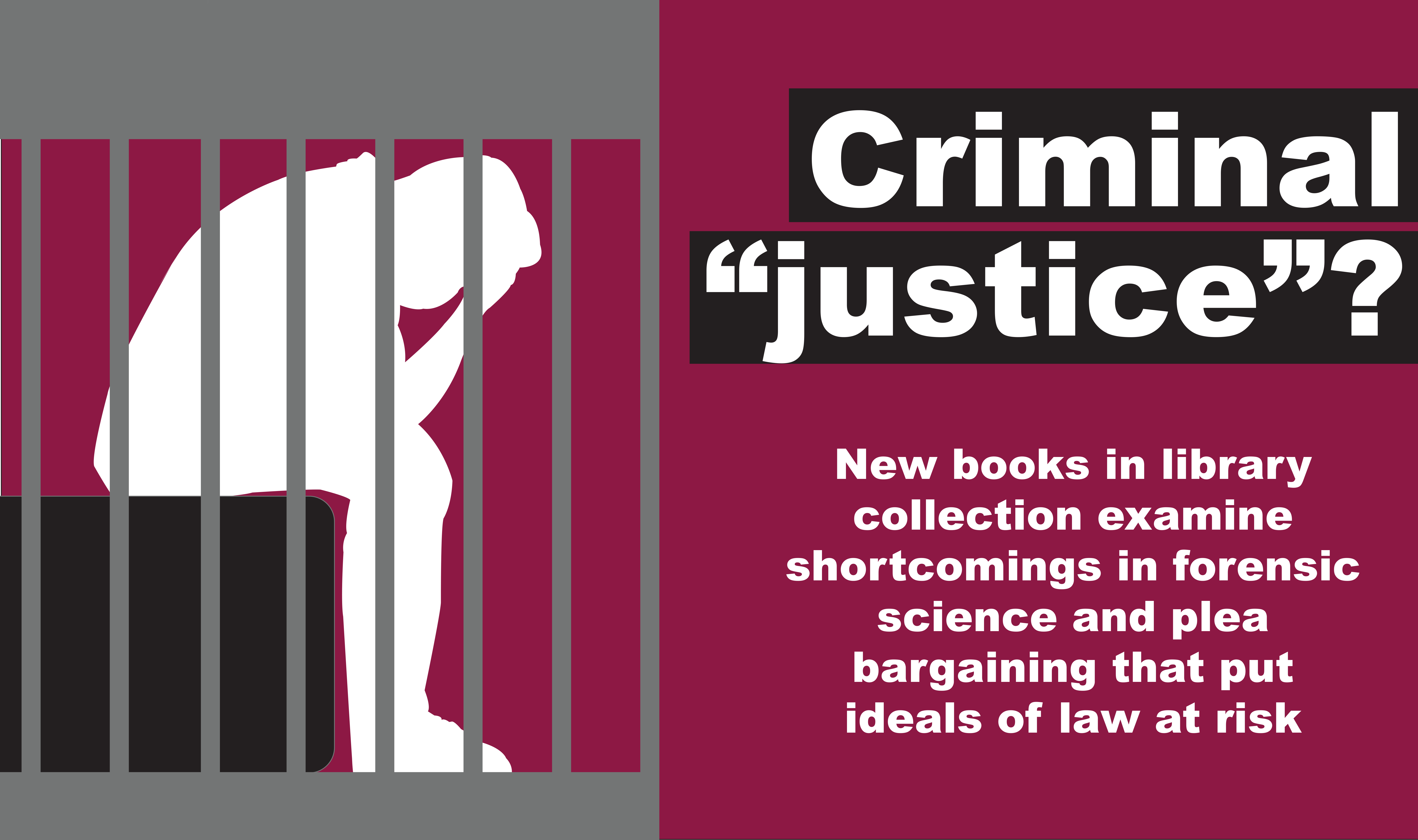Plea Bargaining Made Real, Steven P. Grossman
This academic work by a law professor asks whether plea bargaining, which lacks many of the protections of a trial, adequately preserves the interests of justice. The author emphasizes that plea bargaining is a human process and that all of the actors—the prosecution, the defense, and the judge—have their own motivations for pleading out cases out before trial. Although the vast majority of criminal cases are settled in this way, most of the public’s interest is on criminal trials, not plea bargaining. And the author notes one major difference between trials and plea deals: whereas in trials the opposing sides will contest each other’s moves in almost every way, in plea bargaining the sides as well as the judge must necessarily agree on the final outcome, which can put defendants at risk. The book dismantles arguments for why a defendant should be punished more for pursuing the right to a trial rather than taking the typically more lenient sentence of a plea bargain. It examines the quasi contractual nature of a deal and what that means for the defendant, and it explores the ongoing problem of racial disparity, which is as prevalent in plea bargaining as elsewhere in the criminal justice system. To solve the problems, the author suggests that all three sides to a plea bargain reform their practices: The prosecutor should behave more fairly, the defense should advocate more zealously, and the judge should be more involved in negotiations.
Autopsy of a Crime Lab, Brandon L. Garrett
Although some evidence has long been treated as unquestionably certain, such as fingerprints, little scientific data has been shown to prove that evidence other than DNA—not even fingerprints—deserves this level of deference. Some recent cases have even shown that false accusations or even convictions flow from overreliance on the reliability of forensic evidence. We simply do not know how reliable many of these forensic techniques are, and questioning voices have gone largely unheard. Errors or even fraudulently conducted tests have happened across the country. The book examines suspect evidence, such as bite marks, used to accuse defendants, as well as the many ways evidence could be made unreliable, such as contamination by police at the crime scene or faulty techniques in laboratories. The stakes for such errors are high because most people are in government databases to which law enforcement compares forensic evidence, and we could wind up falsely accused. The book suggests ways to make forensics more reliable to diminish those risks, including disclosure of forensics error rates, quality control in laboratories, and scientific supervision of police crime scene work. It also suggests requiring judges to provide full disclosure of forensics facts and limitations to prosecutors and defense attorneys, particularly in the sensitive plea bargaining process, to prevent potential miscarriages of justice based on misconstrued forensic evidence.
For more controversies surrounding our criminal justice system, check out our research guide on Criminal Law. And for assistance with research projects, whether or not they involve criminal law, Meet with a Librarian for one on one advice from a JD holding reference librarian.




